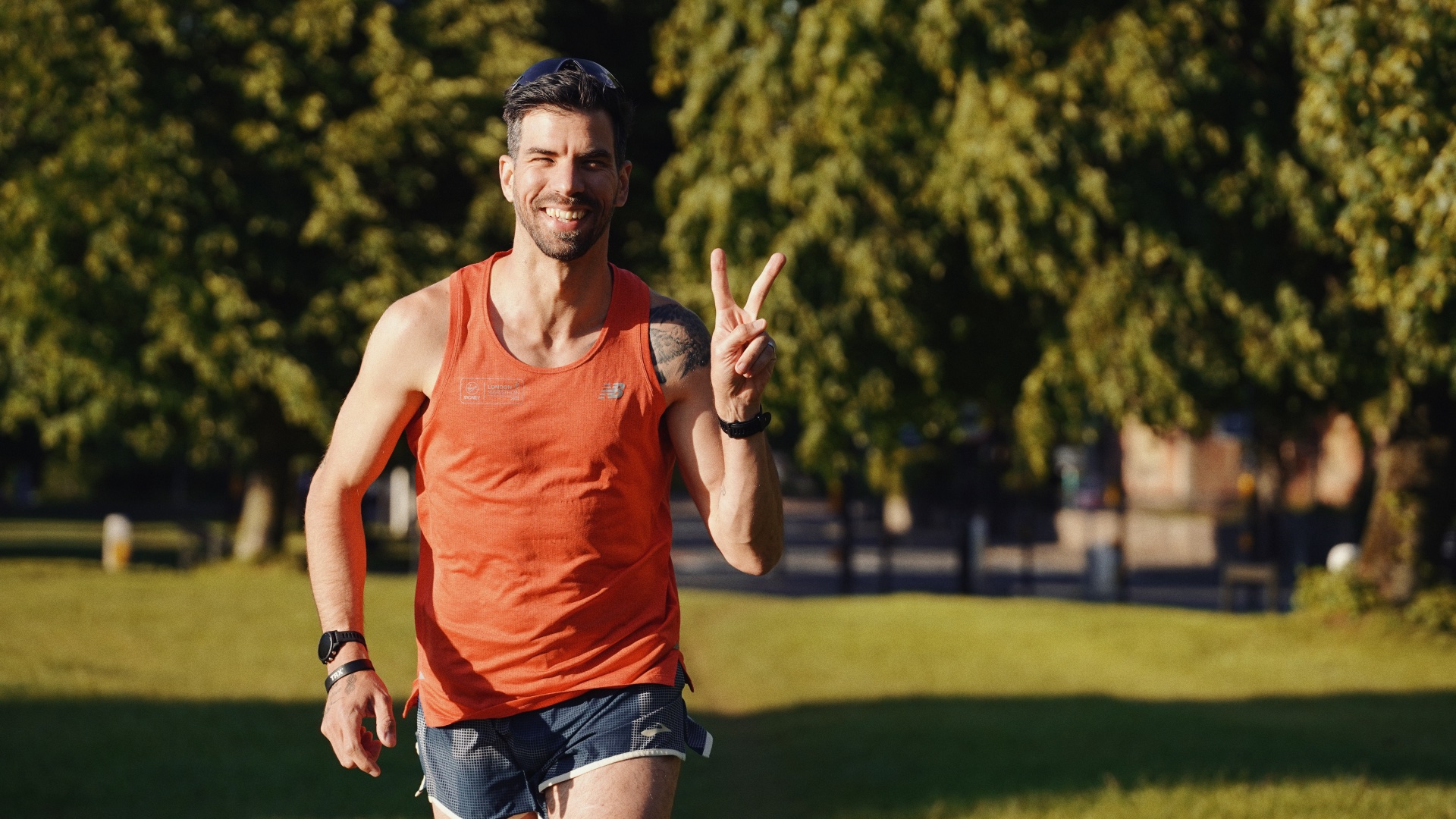

After a few months of putting more emphasis on strength training, I decided to start running more again, not least because the weather was nice and I had loads of shoes to test. I thought, a 10k a day for a week should be challenging enough to get my legs ready for more strenuous training but without absolutely killing myself in the process. Was it a good idea? Well, yes and no.
I love running. It's a form of movement I always found comfort in, no matter the mileage. Some weeks, I'll be running more, while on others, I'll be focusing on strength training or HIIT or walking. Either way, running has always been part of my life to some degree.
I'm not a fast runner; I never made the ultimate sacrifice of shedding all the extra muscle mass in order to reach maximum running speed. That said, I'm not a slow runner either – I can run a half marathon in under 90 minutes, for what it's worth, although I know many amateur runners can do it under 70.
After building a semi-decent home gym during the pandemic/lockdown (I even have a barbell and 100 kg of bumper plates, much to the delight of my neighbours), I shifted my efforts towards strength training and home workouts, away from running. I jogged occasionally and tested the best running shoes, of course, but I wasn't out running multiple times a day as I sometimes do when I train for races etc.
Running 10k every day for a week: Play it safe
However, in the last four weeks, I met some very inspirational runners who reignited my passion for running; not to mention, I also had loads of running shoes to test so decided it was time to return to running as my main recreational activity. I had to up the mileage so I decided to run 10k every day for a week – that should do it, for now.
Upping my mileage so much did come with some caveats. Most importantly, I realised (yet again) that there is a reason why the 10% rule exists. As a general rule of thumb, you should only increase your weekly mileage in increments of 10 per cent to preserve leg health and avoid injury.
If you run 10 miles a week and would like to run more, you should run 11 miles the second week, 12.1 miles the week after and so on.
Sign up to the T3 newsletter for smarter living straight to your inbox
Get all the latest news, reviews, deals and buying guides on gorgeous tech, home and active products from the T3 experts
I completely ignored this rule and instead, went straight for the kill with this challenge. And indeed, my legs were a bit tender – to say the least – halfway through the challenge. As well as learning to appreciate the 10% rule, I also learned six more things from running a 10k every day for a week, as detailed below.
For the record, here is my Strava as proof that I actually ran 10k every day and not just saying it like some other publications often do...
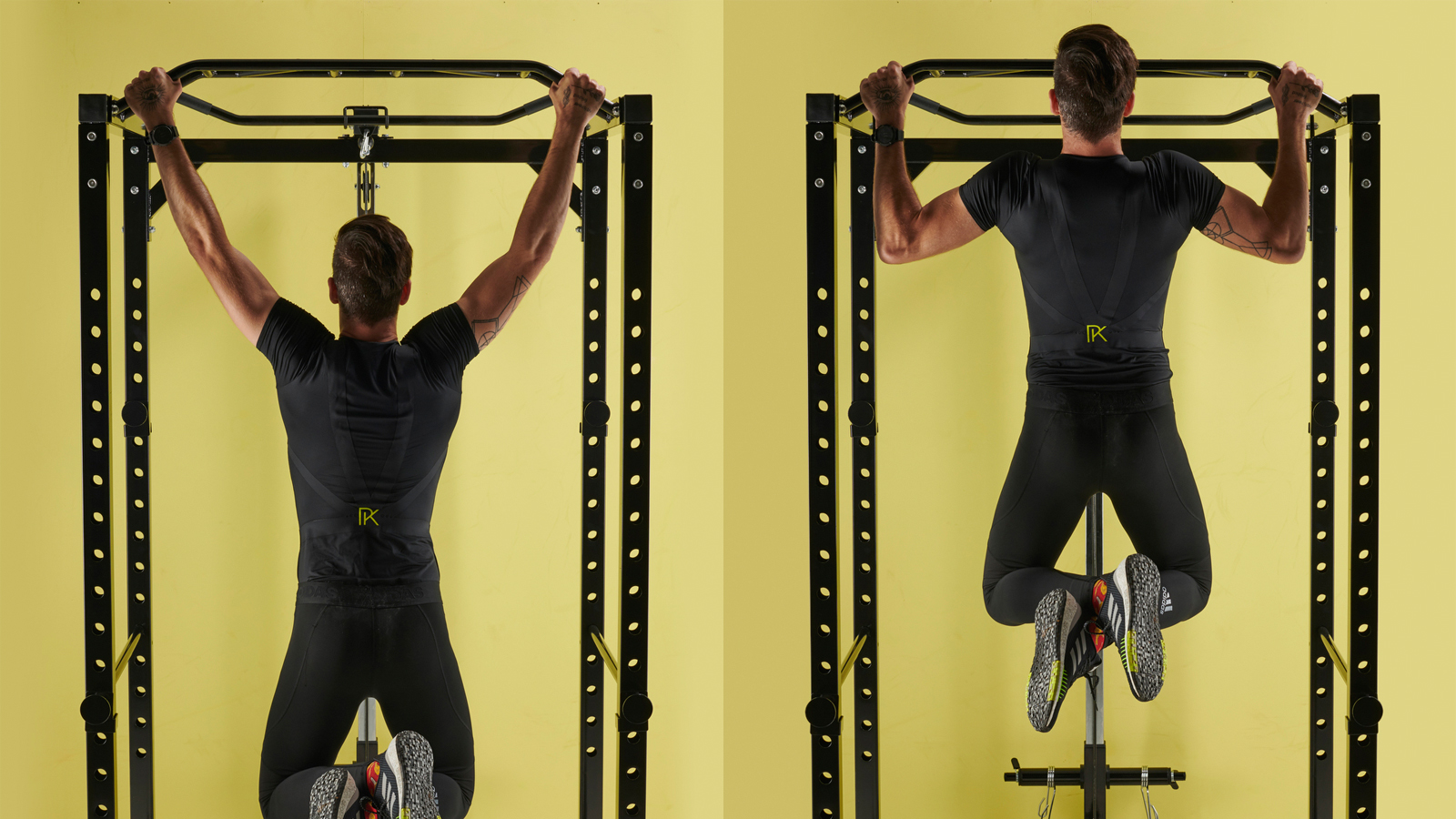
This is how it looks like when I'm doing pull-ups, 100 times a day
1. Fitness challenges are st*pid
I seldom do fitness challenges and when I do, it's because I got myself into a training rut. I did 100 pull-ups for a week before and even attempted the 10,000-swing kettlebell challenge. However, every time I do these challenges, I keep thinking I don't want to do them anymore as they are just silly.
The main problem with fitness challenges is that they usually overload one area of the body (often one muscle group) and neglect others entirely. This is not healthy or beneficial for your physical development. If anything, it's dangerous and pointless – yet, people can't stop reading about fitness challenges, so people keep on doing them.
You can do fitness challenges in a sensible way, keeping a keen eye on your body and monitoring/working around any sore spots, but admittedly, that's not quite as exciting as an all-out effort. I tried to balance the two approaches by not wavering from the original goal of running a 10k every day but doing my best to make sure my body was ready for the sessions every day.
2. Recovery is everything
The "make sure my body was ready" part in the above sentence refers to recovery, the most important part of this challenge, at least as far as I was concerned. Even before I started, I knew my legs won't like the training load increase, so I followed a rigorous recovery schedule from day 1 to ensure I minimise the risk of injury as much as possible.
This involved warm-ups – sometimes, I used a massage gun to energise my calves pre-run – post-run foam roller sessions and the use of my favourite recovery tool, the Therabody RecoveryAir JetBoots. I also made sure I slept as well as possible and even wore compression socks for running after the runs to enhance recovery.
The only I didn't do was ice baths, something I really like but haven't got the capacity at home to do. If I had a barrel or something that could keep its cool without me wasting tons of water every day, I would totally use them for post-run recovery. But even without the ice barrel, I used every tool I had at my disposal to avoid injury.
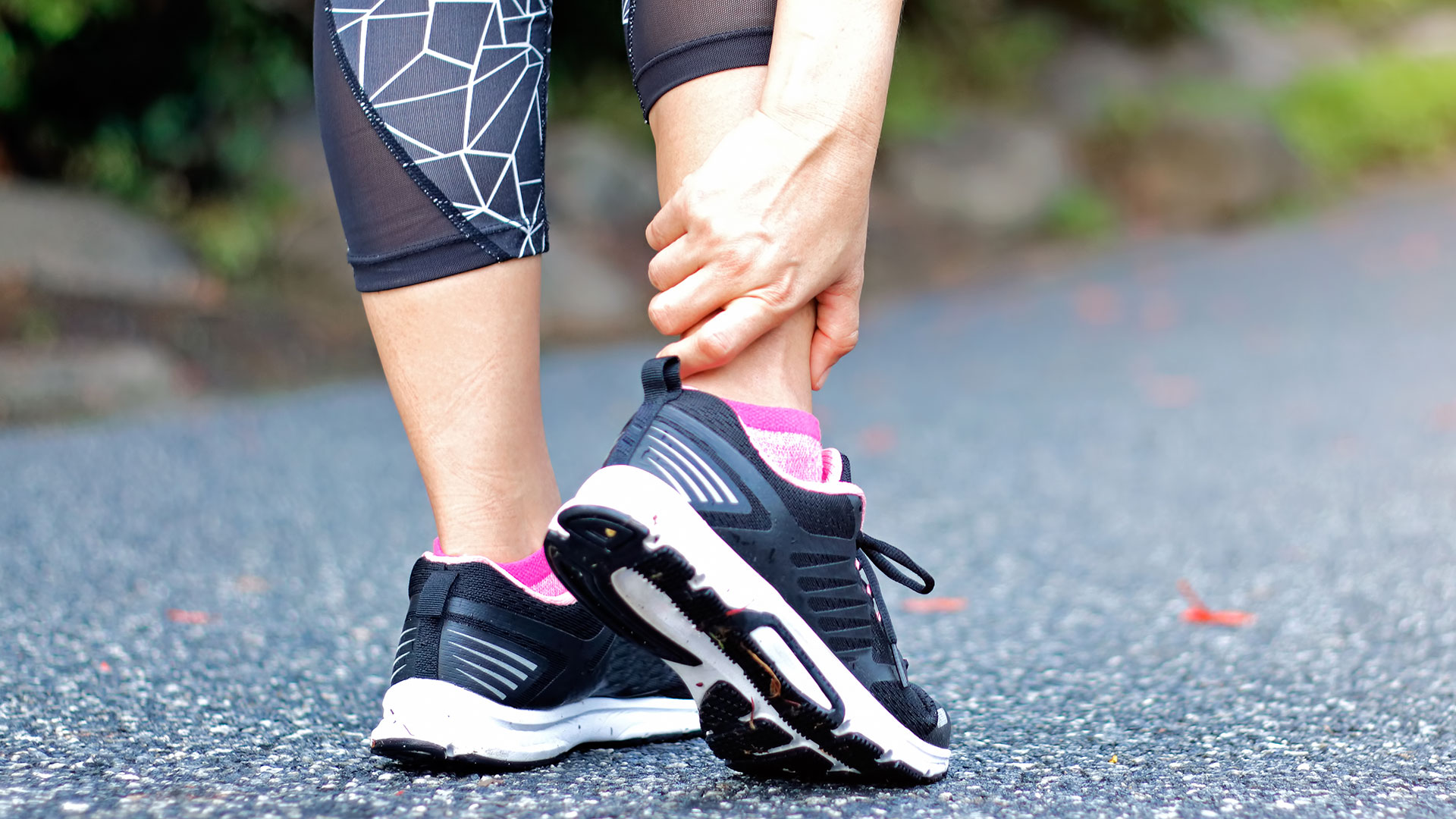
Running a lot can be a painful experience
3. Lungs are fine, heart is fine, stamina is fine, legs are... not fine
On my daily runs, I always checked in with my body to see how it was doing. I started with the lungs, then the heart and I even checked my stamina which is super easy if you have a Garmin Fenix 7X or Garmin Epix (Gen 2) multisport watch (I have the former).
All three of these metrics were fine; if anything, they kept improving as the week went on.
One area that didn't improve and, in fact, got worse, was my legs, especially the calves and the shins. It got to the point on day 3 where any change in incline felt like someone was stabbing my lower legs with a knife, so I ended up running the same small 1.1k loop nine times over – that was the only area where the elevation didn't bother me.
And that's despite the fact I made all the recovery under the sun to keep them shipshape. Truth be told, they got much better by the seventh day, but only because I did everything I could to help them recover. You can't overtrain and ignore recovery – that's how people get injured.
4. It's all in the head
Leg pain aside, I often found myself wanting to stop after 5-6-7k just for the sake of it. My brain kept telling me I had run enough; it was time to slow down and allow my legs to recuperate. More often than not, I could force myself to keep going, even if it was a bit slower, which goes to show that being able to run for longer distances is only partially down to physical preparedness – you also have to be ready in your head.
I like running without music – as much as I love running headphones – but this means that sometimes I can get caught up in my thoughts as nothing takes away my attention from how tired I am or how achy my legs are. I can easily convince myself that my legs are too tired to go on or that I need just a little break to help me power through the rest of the workout.
More often than not, these thoughts don't correspond to any physical symptoms; they are only fleeting, somewhat distracting thoughts. You must listen to your body, but by running, you also force it to do something it doesn't want to do, so it's only understandable it will fight back by thinking you need to stop.
Try not to cave in and always keep the main goal of the workout in mind – that could help you push through, no matter how impenetrable the wall feels.
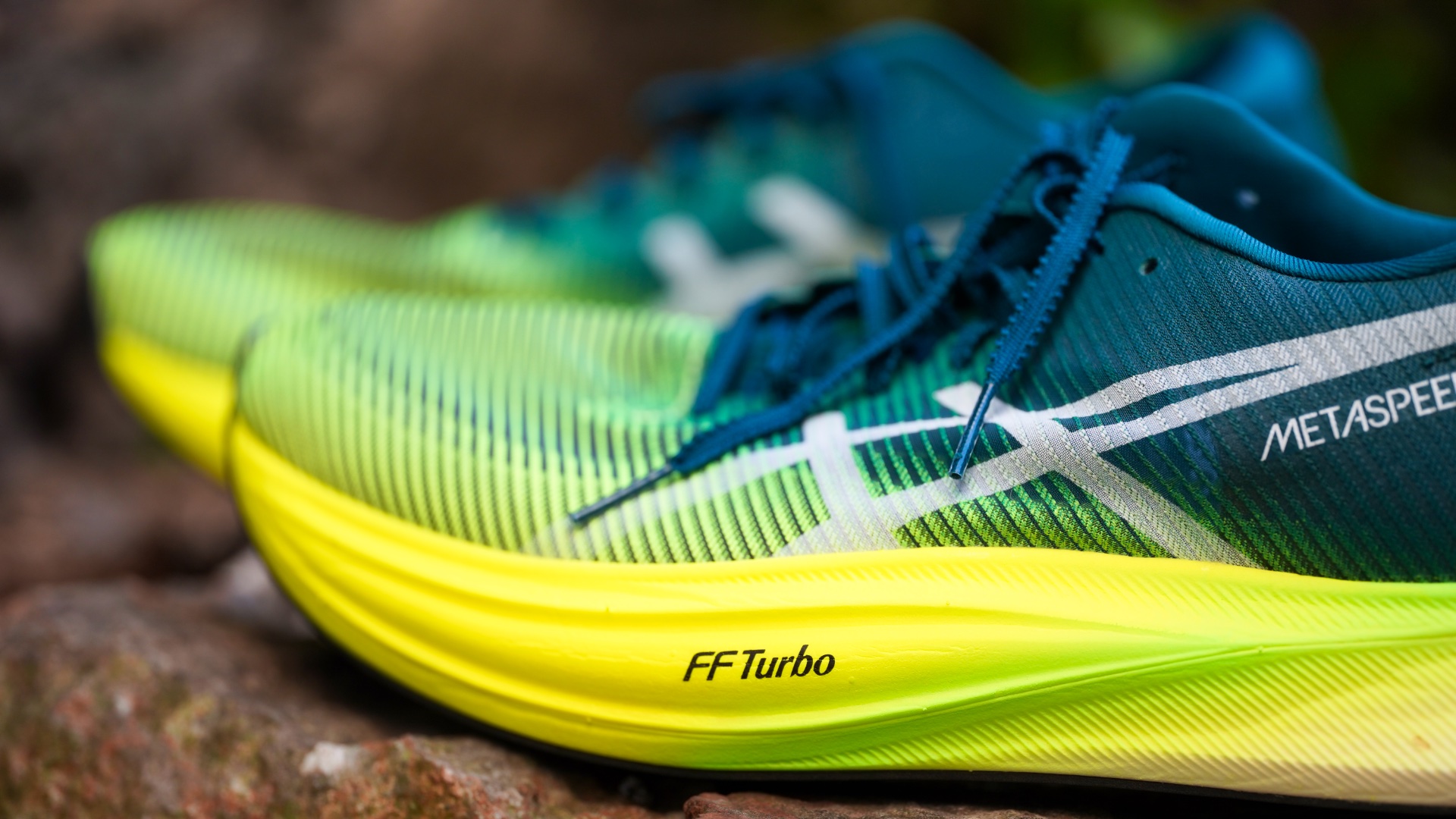
5. You must have the right running gear if you do high-mileage training
I'm lucky enough to have access to the best running gear; after all, I test running shoes for a living. For this challenge, I chose to run in different shoes every day to see what difference they made (if any). Here is the list of shoes I wore:
- Under Armour HOVR Machina 3
- ASICS METASPEED EDGE+
- Nike Air Zoom Pegasus 39
- Adidas Adizero Adios Pro 2
- On Cloudmonster
- Allbirds Trail Runner SWT
- Saucony Guide 14
As you can see, I tried to mix things up a bit; I wore daily trainers as well as racing and trail running shoes. I even sneaked in a pair of stability running shoes right at the end, just for good measure.
I also wore different running shorts and running tops; my favourites were Brooks' Sherpa 3" Split Shorts (retailer link) and New Balance's London Edition Impact Run Singlet (also a retailer link). From a running socks point of view, nothing beats the Adidas UltraLight Performance Crew Running Socks in Pink (you guessed it, retailer link); it's light and looks sexy.
I'm sure you could significantly increase mileage without wearing top-of-the-line running gear, but it helps keep the risk of injury to a minimum if you look after your body by wearing performance garments. It certainly helped me.
6. Variety is key in training
One of the most important things I learned from my experience is just how important variety is when it comes to training. Doing the same workout day after day is not only dull, but it's also dangerous as it forces the same muscles and joints to do the same movement over and over again with the same intensity. This type of training gets repetitive and doesn't allow for recovery; again, the best way to get injured.
The more intense your training, the more varied it should be. There are many different types of running training, from fartlek to recovery runs, and you should use them all to get better at running and keep things fresh. Even if your plan is as straightforward as running a faster 5k, introducing sprint sessions and longer, slow-paced runs can help you move forward in your training plan.
Some running watches – especially the best Garmin watches – have built-in running coaches that can train you in a sensible way, even if you're afraid of asking a human coach for help.

Matt Kollat is a journalist and content creator who works for T3.com and its magazine counterpart as an Active Editor. His areas of expertise include wearables, drones, fitness equipment, nutrition and outdoor gear. He joined T3 in 2019. His byline appears in several publications, including Techradar and Fit&Well, and more. Matt also collaborated with other content creators (e.g. Garage Gym Reviews) and judged many awards, such as the European Specialist Sports Nutrition Alliance's ESSNawards. When he isn't working out, running or cycling, you'll find him roaming the countryside and trying out new podcasting and content creation equipment.
-
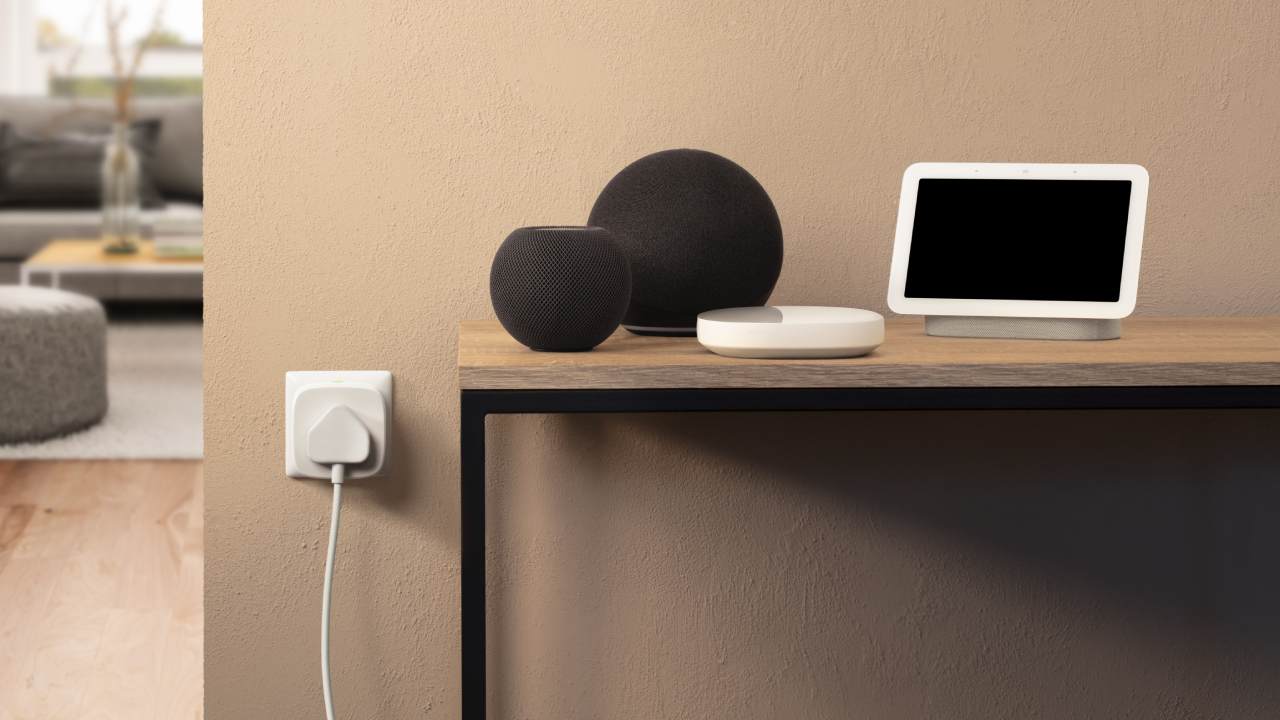 Eve’s smart plug gets impressive Matter upgrades – but I’m most excited about the app
Eve’s smart plug gets impressive Matter upgrades – but I’m most excited about the appEve Energy adds Matter support and an updated Android app
By Bethan Girdler-Maslen
-
 Audio-Technica’s latest luxury turntable will light up your life, and your records
Audio-Technica’s latest luxury turntable will light up your life, and your recordsThis strictly limited turntable is a feast for the eyes as well as the ears
By Carrie Marshall